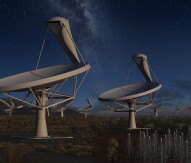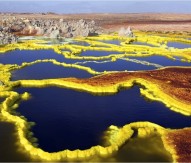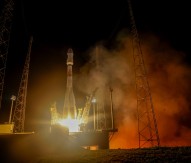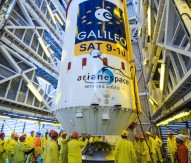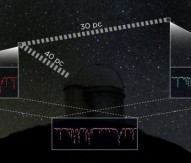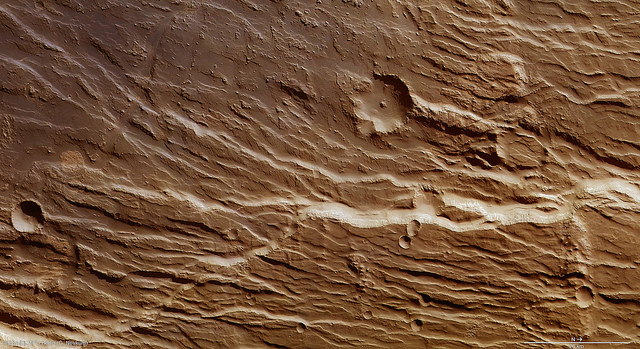
Earth extremes used to predict extraterrestrial life
A planetary scientist at Washington State University in the United States has used knowledge on the most unusual organisms on Earth, and the environments of Mars and Saturn’s moon Titan to predict what life could be like elsewhere in the universe.
Dirk Schulze-Makuch, supported by a grant from the European Research Council, comments: “If you don’t explore the various options of what life may be like in the Universe, you won’t know what to look for when you go out to find it. We do not propose that these organisms exist, but like to point out that their existence would be consistent with physical and chemical laws, as well as biology.”
The scientist uses the example of the species of beetle called the ‘Bombardier’, which excretes an explosive mix of hydrogen peroxide and other chemicals to ward off predators. He commented that if a similar insect were to live “under gravity conditions” comparable to those found on Mars, “a bombardier beetle-like alien could excrete a similar reaction to propel itself as much as 300 meters into the air”.
Schulze-Makuch says that while explorers to Mars may find creatures similar to those on Earth, life on a Titan-like planet would require a completely novel biochemistry.
The researcher adds: “On Earth, we have only scratched the surface of the physiological options various organisms have, but what we do know is astounding. The possibilities of life elsewhere in the Universe are even more staggering.
“Only the discovery of extraterrestrial life and a second biosphere will allow us to test these hypotheses, which would be one of the grandest achievements of our species.”
Schulze-Makuch’s thoughts can be read in full in the journal Life.
